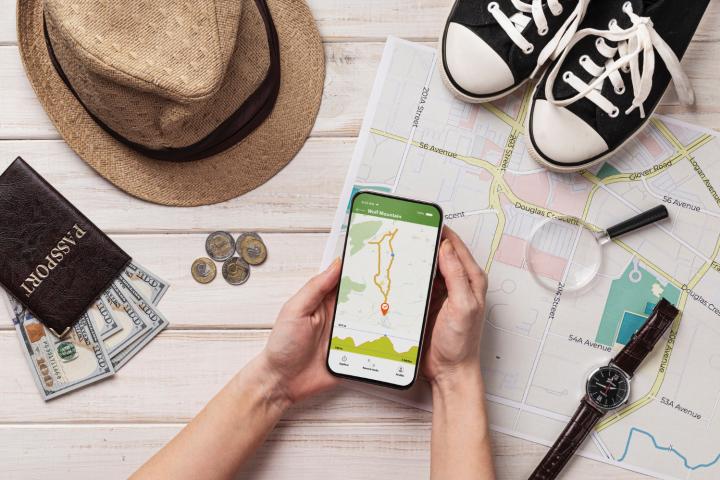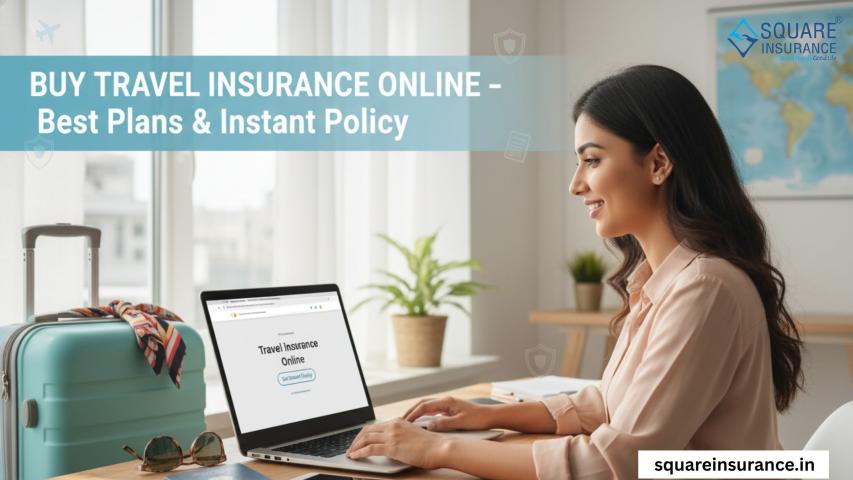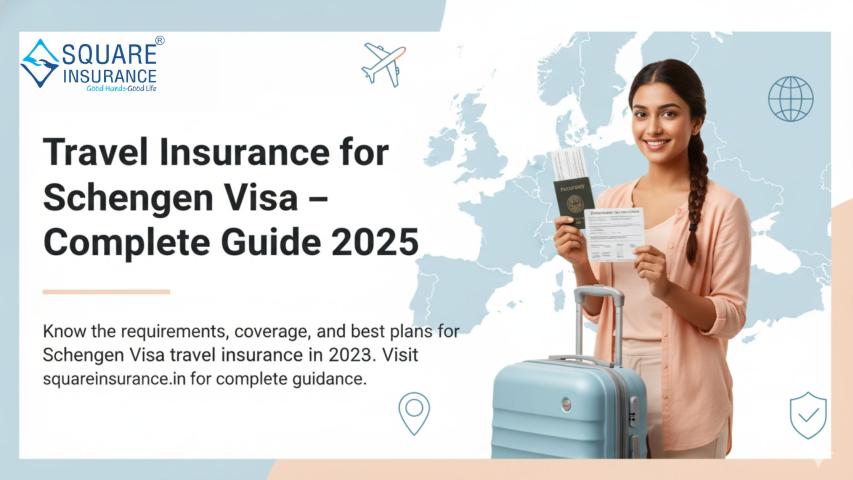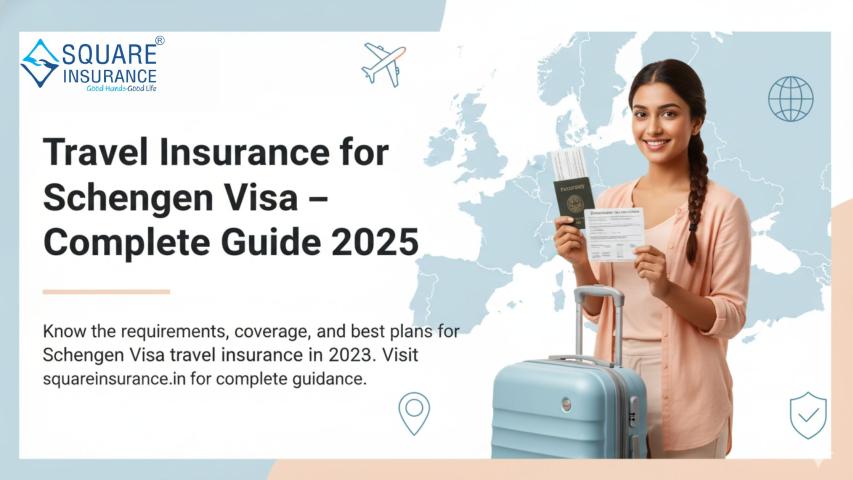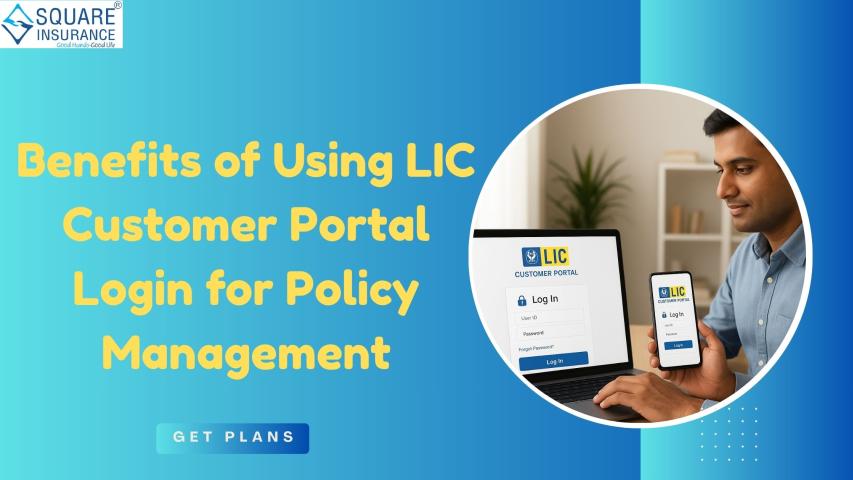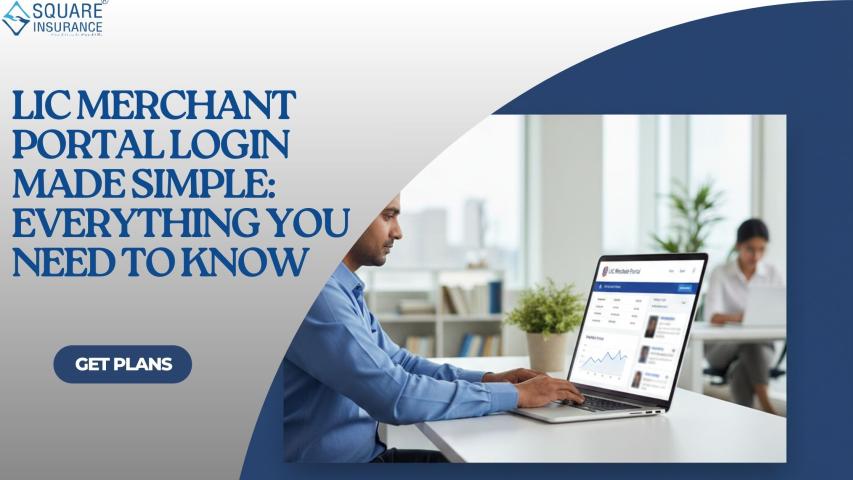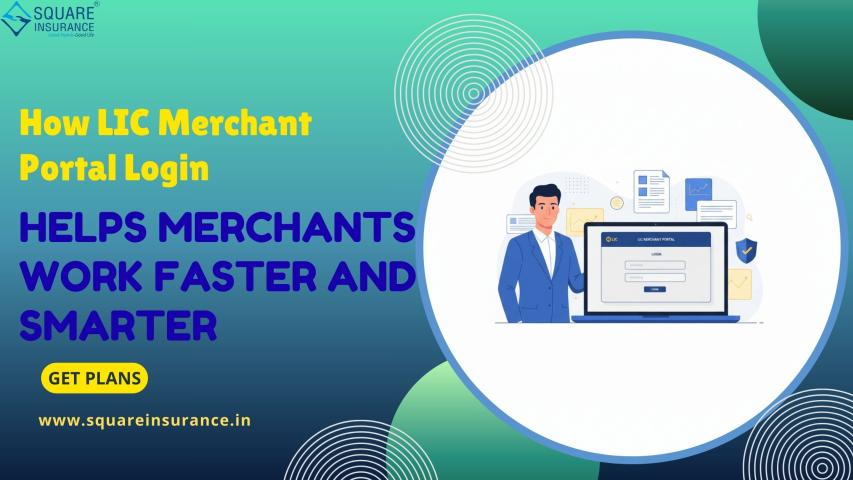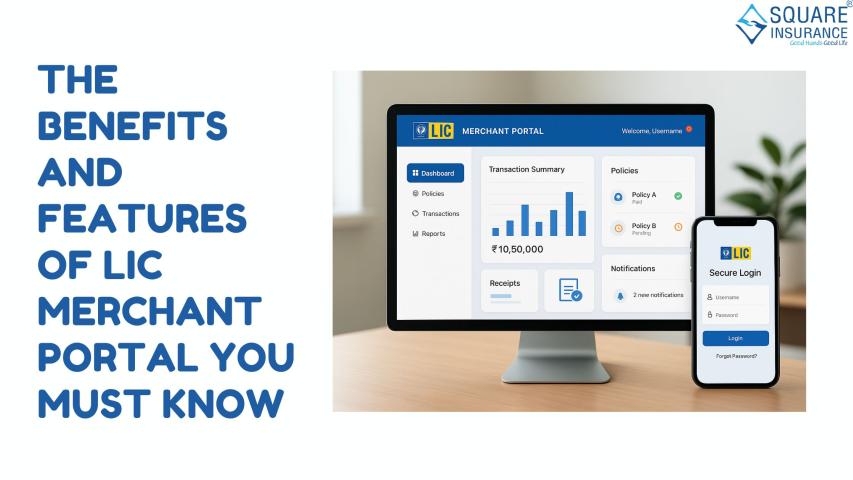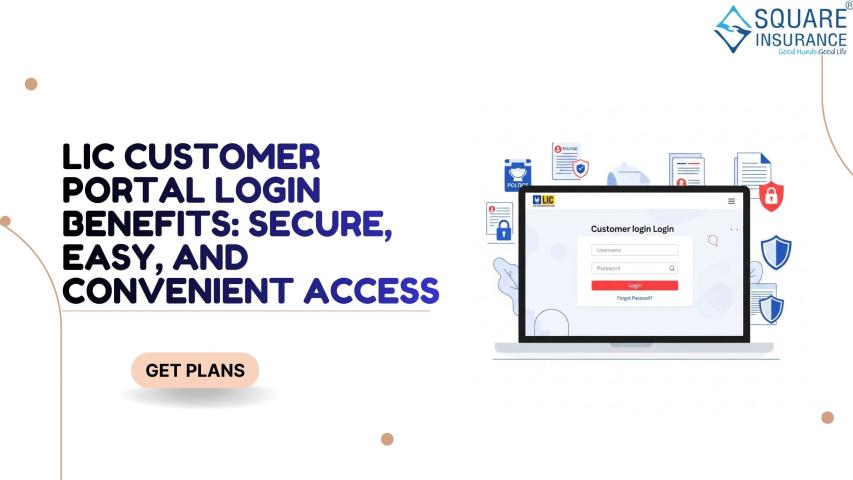When you start a travel portal development project, the first big decision is choosing between a B2B (business-to-business) or B2C (business-to-consumer) model. Each path shapes your tech stack, marketing plan, and revenue flow. This clear, easy-reading guide compares both options so you can pick the portal that matches your goals without risking Vocal Media compliance or customer trust.
1. Audience & Core Purpose
| Portal Type | Primary Users | Main Goal |
|---|---|---|
| B2B | Travel agents, sub-agents, corporate travel desks | Provide bulk inventory, credit, and white-label tools |
| B2C | Direct end travelers | Offer quick self-service bookings and retail-grade UX |
2. Key Feature Differences
| Area | B2B Must-Haves | B2C Must-Haves |
|---|---|---|
| Login & Access | Role-based dashboards, multi-branch controls | Guest checkout, social logins |
| Pricing | Tiered mark-ups, credit limits, wallet top-ups | Real-time dynamic pricing, promo codes |
| Inventory | Wide GDS + consolidator feeds | Best-rate hotel and flight combos |
| Payments | Credit line, delayed settlement, GST invoicing | Cards, UPI, BNPL, instant refunds |
| Support | Dedicated account manager, 24/7 helpdesk | Chatbot + call center for travelers |
| Branding | White-label sub-portals for agents | Strong consumer branding, loyalty points |
3. Revenue Models
-
B2B: Earn mark-ups on net fares, tech-platform fees, or annual licences.
-
B2C: Make margin on published fares, earn ad revenue, and upsell insurance or activities.
4. Cost & Time to Launch
| Factor | B2B | B2C |
|---|---|---|
| Development Time | 3–6 months (complex credit features) | 2–4 months (focus on UX) |
| Marketing Spend | Lower; rely on partner networks | Higher; paid ads, SEO, social media |
| Support Overhead | Moderate; fewer but bigger clients | High; many individual travelers |
5. Scalability Considerations
-
B2B portals scale by adding new agent branches and APIs (flight, hotel, bus).
-
B2C portals scale by boosting traffic, improving conversion, and localising content for new markets.
6. Compliance & Risk
-
B2B: Credit default risk; need strict KYC and invoice tracking.
-
B2C: Chargeback and fraud risk; need real-time fraud checks and PCI tokenisation.
Both models must follow data-privacy laws and Vocal Media’s rules on clear, original content—no hidden links or hype.
7. How Noble Web Studio Can Help
We offer modular tech that supports either path:
-
B2B Suite: Agent credit wallet, white-label CMS, GST-ready billing.
-
B2C Suite: Mobile-first UI, AI fare alerts, loyalty integration.
Choose one core and add APIs or payment modules as your business evolves.
8. Decision Checklist
-
Identify Your Customer Base – Agents or end travelers?
-
Estimate Cash Flow Needs – Credit lines (B2B) vs. real-time payments (B2C).
-
Assess Marketing Budget – Partner outreach vs. consumer ads.
-
Plan Support Structure – Dedicated account managers vs. high-volume call center.
-
Review Long-Term Vision – Multi-country consumer brand or niche wholesale hub?
Tick off each point to see which model aligns with your strengths.
Conclusion
B2B portals win on deep inventory control and stable agent relationships, while B2C portals excel at mass reach and brand loyalty. Match the model to your resources, target market, and risk appetite, and your travel portal development journey will deliver solid returns.
